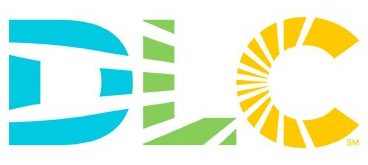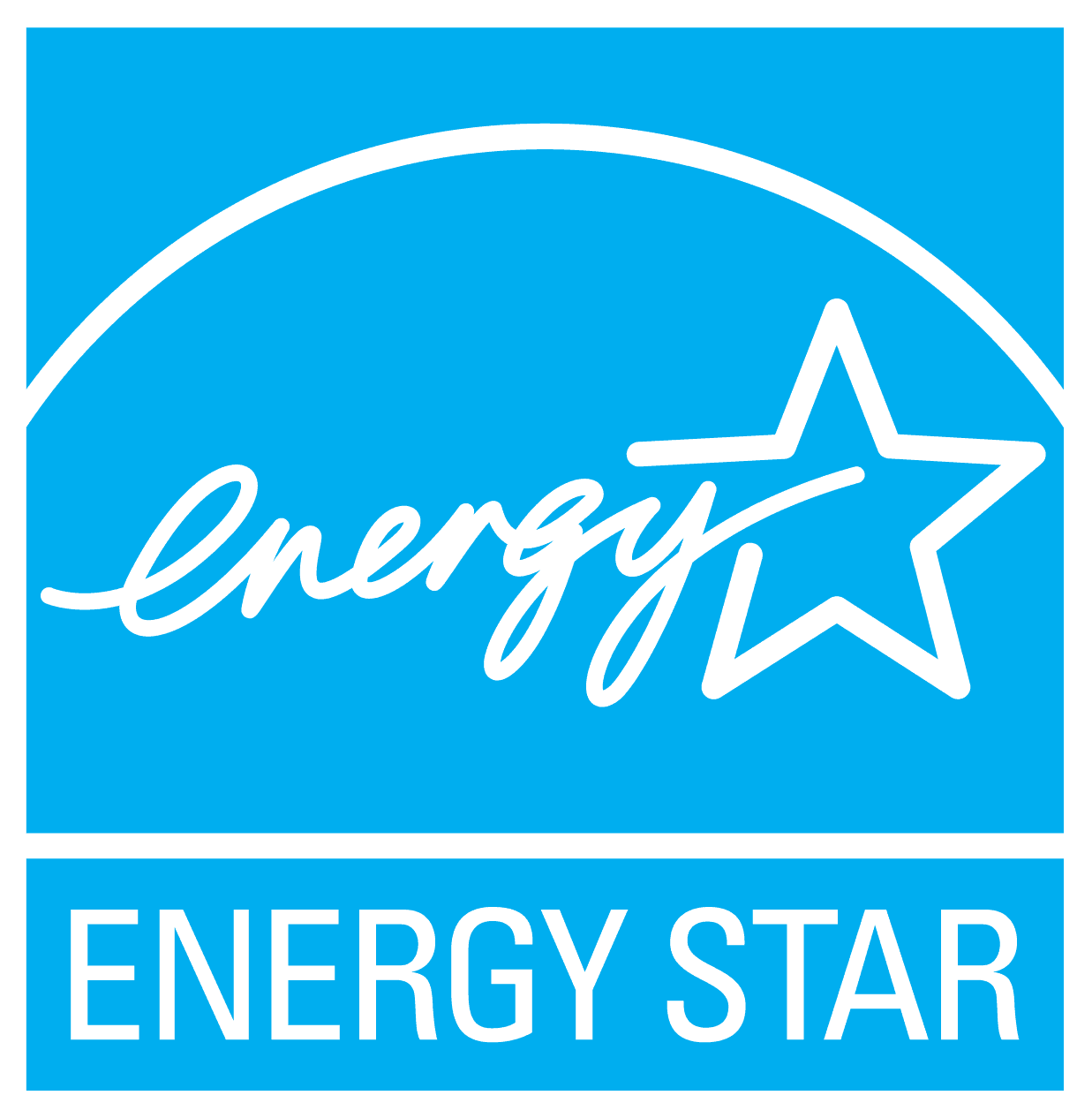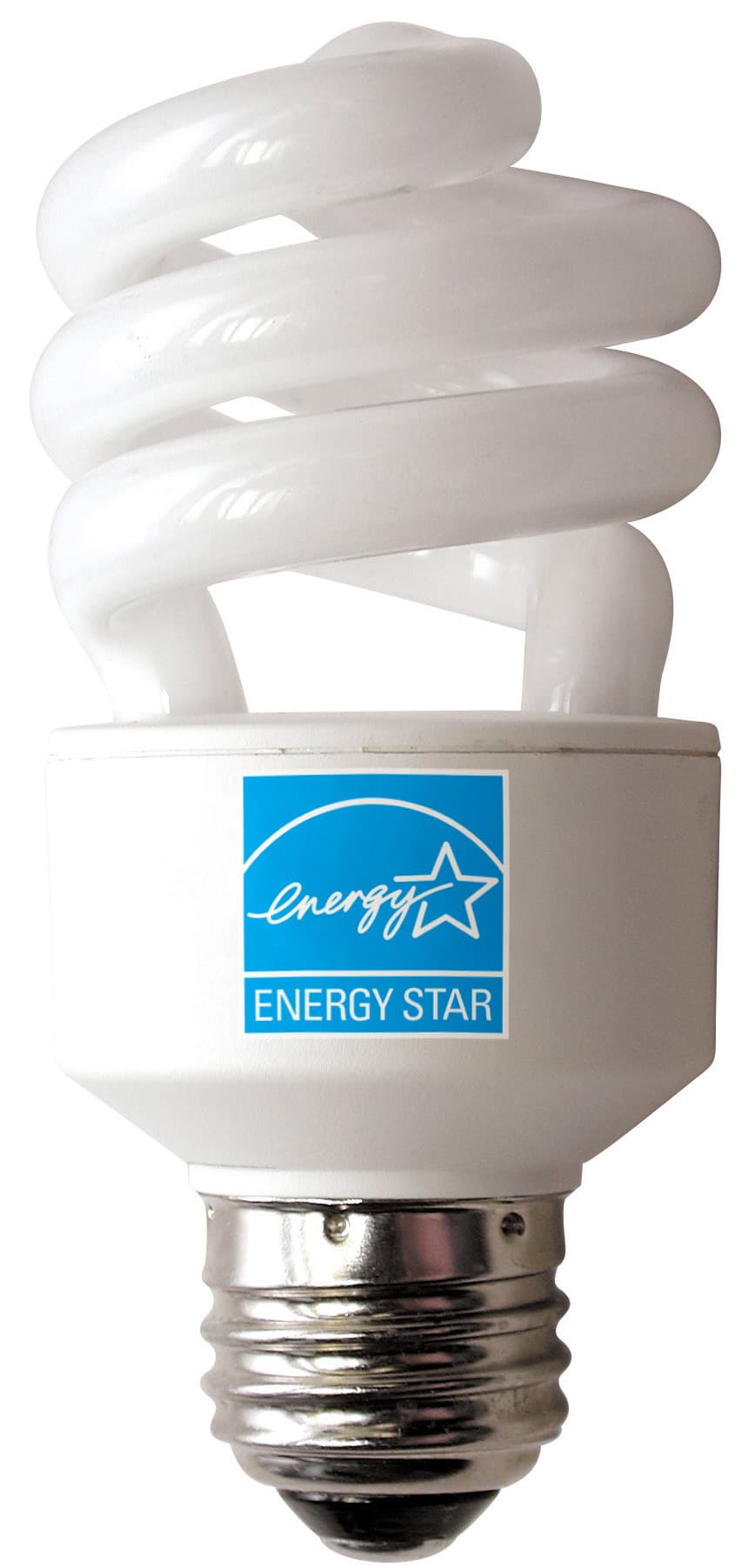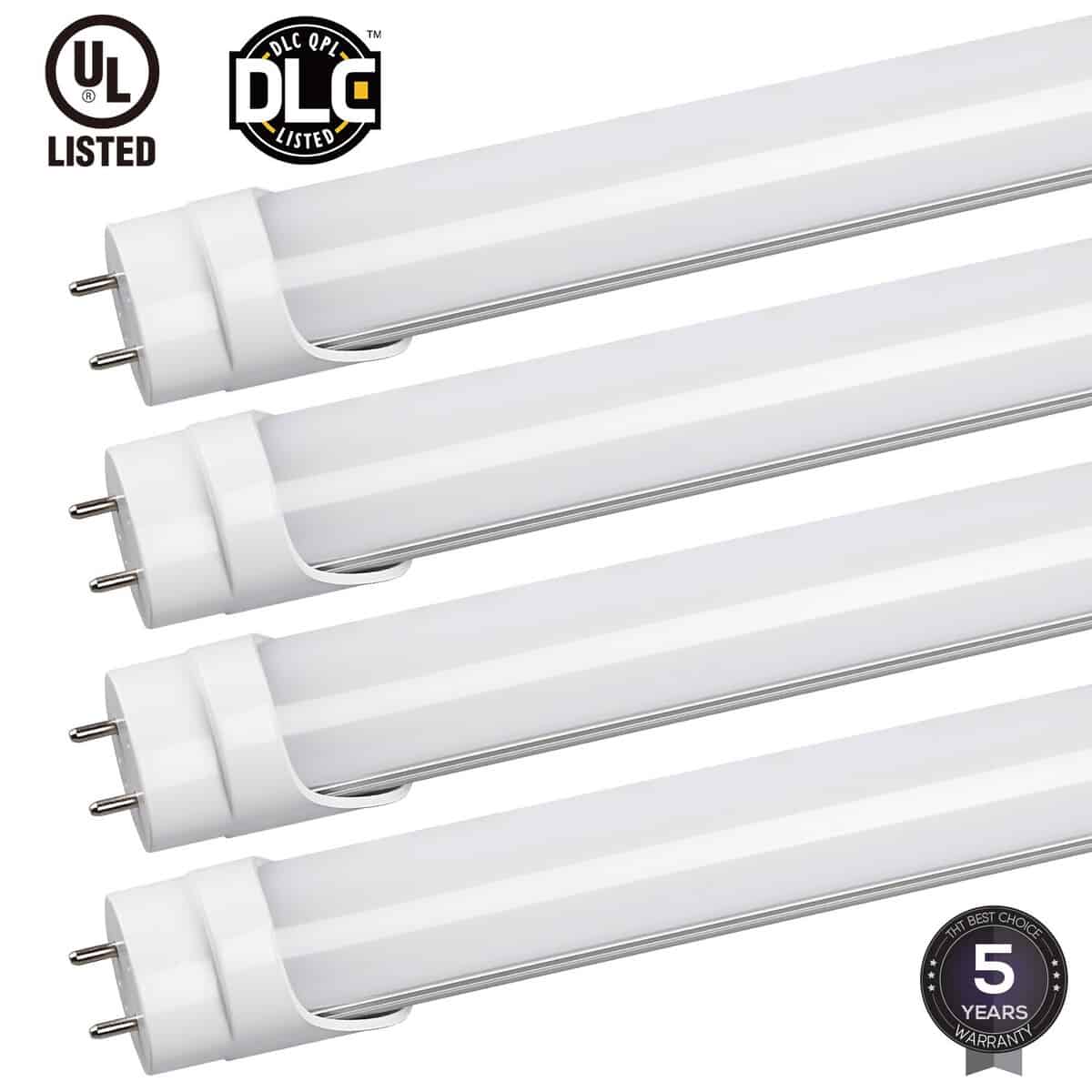Understanding Energy-Efficient Product Certifications
Published August 2019
What are Energy Star and DLC?
On the packaging of many different energy efficient light bulbs and products, you may notice some approved by Energy Star, whereas others may be approved by the DLC. It is common for many consumers to be unaware of what these logos mean. We break down the two to give you a better understanding of what these logos mean and what makes them different from one another.
Energy Star
ENERGY STAR® is the government-backed symbol for energy efficiency, providing simple, credible, and unbiased information that consumers and businesses rely on to make well-informed decisions. In order to participate in this program, manufacturers must earn the Energy Star label. The label ensures customers that the product has met the efficiency standards set forth by the US Environmental Protection Agency (EPA) and the Department of Energy (DOE), and it is likely more environmentally friendly than similar products without the label. This label is commonly found on certain light bulbs and appliances.
DesignLights Consortium
The DesignLights Consortium® (DLC) is a non-profit organization whose mission is to drive efficient lighting by defining quality, facilitating thought leadership, and delivering tools and resources to the lighting market through open dialogue and collaboration. Like Energy Star, manufacturers must earn the DLC label by having their product(s) meet the DLC’s Qualified Product list requirements, in which the DLC logo will be placed on their packaging. This label is commonly found on certain fixtures and tubes.
What is the difference between Energy Star and DLC?
Although the two have similar focuses, Energy Star promotes efficiency through lighting as well as other items and the DLC is strictly on lighting, their main difference is that Energy Star rates consumer products and DLC rates commercial products. Therefore, it is impossible to see both logos on the product.
You may be wondering what happens when there is an occasional crossover between commercial and residential lights. When that’s the case, the government-sponsored Energy Star always has the right to claim jurisdiction over a particular product. So, if Energy Star decides to cover a certain light category, the DLC must drop it even if they were already rating it.
Why purchase products with these approvals?

When deciding which product to purchase, we recommend that you take a minute to look at the labels! Labels are an easy way to determine the energy efficiency of the lighting products. However, since manufacturers have to pay to be on the list for both Energy Star and the DLC, they are required to show that their luminaries provide a certain level of lumens/watts. But, because certain energy efficient light bulbs are rated and on the Energy Star or the DLC approval list, does not always mean that the product is better. Then again, just because they are not rated or on the list, does not necessarily mean the product is bad.
When purchasing lighting products, it is helpful to use Energy Star and the DLC labels to help direct you towards the luminaries that will be the kindest to the environment while also reducing your energy costs and maintenance. Not to mention, typically rebates for LEDs without these ratings are 25% less.
For more information about energy efficient lighting products and which bulb/fixture to purchase, please contact our expert lighting team.



